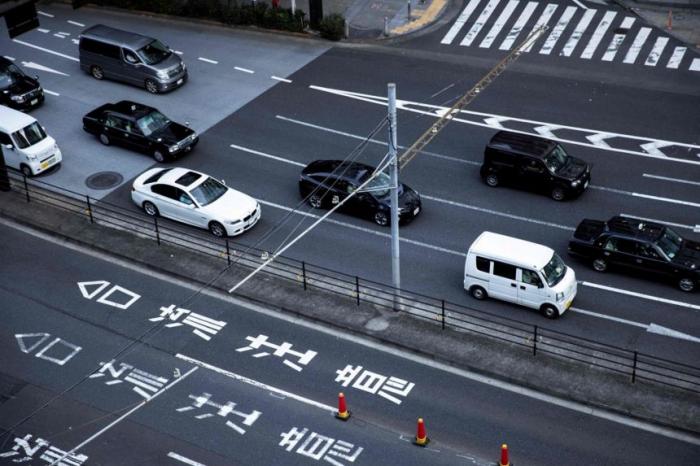The “green growth strategy,” targeting the hydrogen and auto industries, is meant as an action plan to achieve Prime Minister Yoshihide Suga’s October pledge to eliminate carbon emissions on a net basis by mid-century.
Suga has made green investment a top priority to help revive the economy hit by the COVID-19 pandemic and to bring Japan into line the European Union, China and other economies setting ambitious emissions targets.
The government will offer tax incentives and other financial support to companies, targeting 90 trillion yen ($870 billion) a year in additional economic growth through green investment and sales by 2030 and 190 trillion yen ($1.8 trillion) by 2050.
A 2 trillion yen green fund will support corporate investment in green technology.
The plan seeks to replace the sale of gasoline-powered vehicles with electric vehicles, including hybrid and fuel-cell vehicles, by the mid-2030s.
To accelerate the spread of electric vehicles, the government targets slashing the cost of vehicle batteries by more than half to 10,000 yen or less per kilowatt hour by 2030. It aims to boost hydrogen consumption to 3 million tonnes by 2030 and to about 20 million tonnes by 2050 from 200 tonnes now, in areas such as power generation and transportation.
The strategy identifies 14 industries, such as offshore wind and fuel ammonia, target the installation of up to 45 gigawatts (GW) of offshore wind power by 2040.
More about: Japan
















































